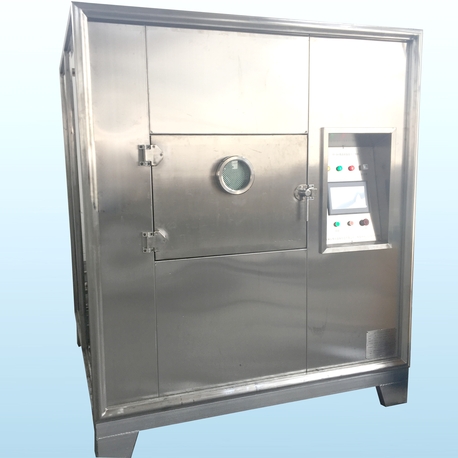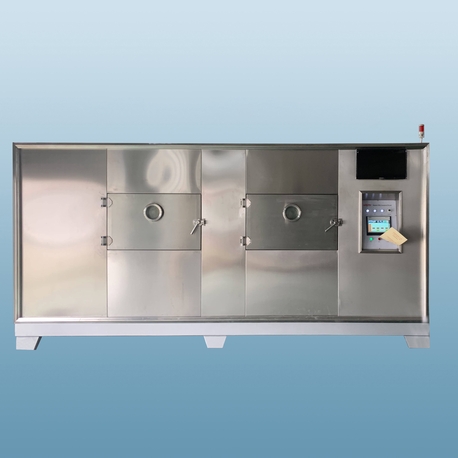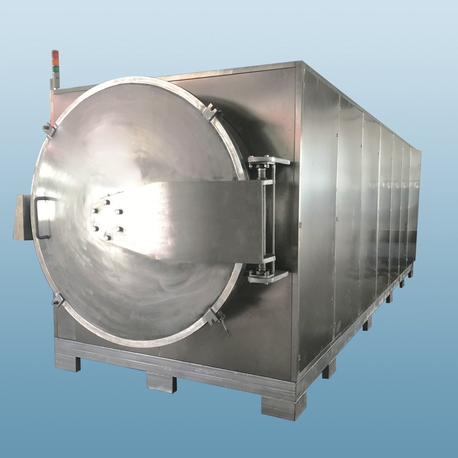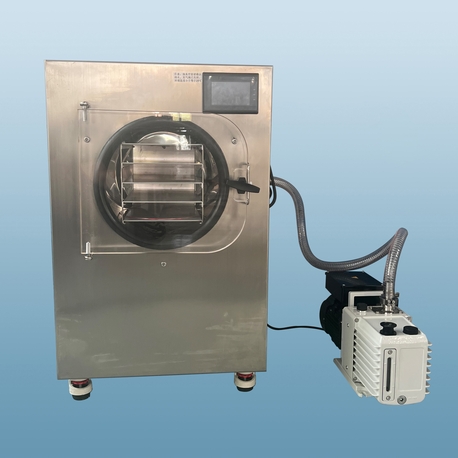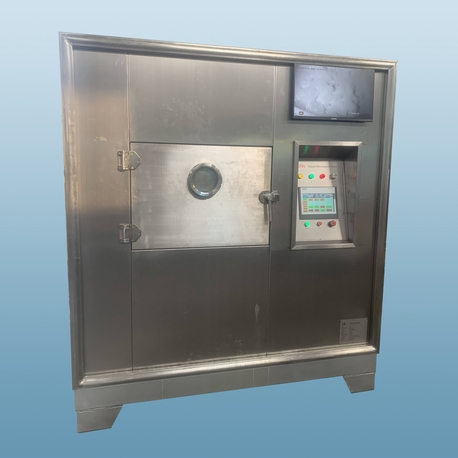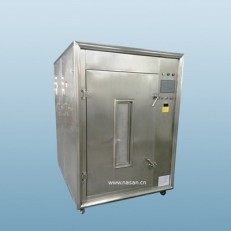Freeze drying, also known as lyophilization, is a sophisticated dehydration process that preserves perishable materials by removing water content while they are frozen. At the heart of this technology lies the freeze drying machine. Whether you are in pharmaceuticals, food processing, biotechnology, or even preserving heirlooms, investing in the right freeze drying equipment is crucial for efficiency, product quality, and return on investment. This comprehensive guide will walk you through the essentials of these machines, what to consider when looking for a freeze drying machine for sale, and address the common challenges operators face.
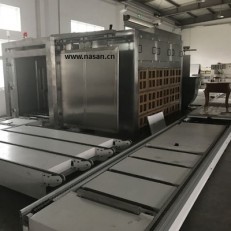
What is a Freeze Drying Machine and How Does It Work?
A freeze drying machine is a sophisticated piece of equipment that performs a three-stage process: freezing, primary drying (sublimation), and secondary drying (desorption).
The process begins by deep-freezing the material, typically to temperatures between -30°C and -50°C. This solidifies the water within the product. The machine then creates a high vacuum around the frozen material. Once the vacuum is established, heat is gently applied to the shelves in the chamber. Under this low pressure, the frozen water sublimates—transitioning directly from solid ice to vapor without passing through a liquid phase. These water vapors then travel to an extremely cold condenser, often called a "cold trap," where they re-freeze as ice. Finally, during secondary drying, additional bound moisture is removed by raising the temperature slightly higher to break any molecular bonds, leaving behind a perfectly preserved, dry product with a porous structure.
This complex process is why the design and quality of the freeze drying equipment are paramount to its success.
Types of Freeze Drying Equipment for Different Applications
Not all freeze dryers are created equal. The market offers a range of freeze drying equipment designed to meet specific needs, from small-scale laboratory research to large industrial production.
1. Laboratory Freeze Dryers:
These are typically bench-top units designed for research and development, pilot projects, and small-batch processing. They are ideal for pharmaceutical labs, biotechnology firms, and universities that need to test formulations or preserve small samples of biological materials. When searching for a lab-scale freeze drying machine for sale, key features to look for include adjustable shelf temperatures, a transparent chamber door for observation, and ports for monitoring the process.
2. Pilot-Scale Freeze Dryers:
Serving as a bridge between R&D and full production, pilot-scale machines allow for process scaling and optimization. They are essential for industries that need to replicate lab results on a slightly larger batch before committing to expensive industrial equipment.
3. Industrial Freeze Drying Machines:
These are large, robust systems built for continuous, high-volume production. You'll find them in food processing plants (for producing freeze-dried fruits, coffee, and meals), in pharmaceutical manufacturing (for preserving vaccines and antibiotics), and in the chemical industry. Industrial freeze drying equipment often features automated loading/unloading, sophisticated control systems, and large condenser capacities to handle long run times.
4. Home and Specialty Use Freeze Dryers:
A growing market exists for smaller units designed for homesteading, preserving family meals, or creating freeze-dried pet treats. These machines make the technology accessible to individuals and small businesses.
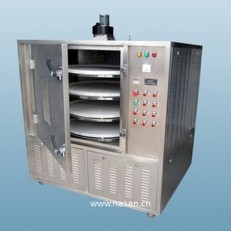
Key Factors to Consider When Looking for a Freeze Drying Machine for Sale
Investing in a freeze drying machine is a significant decision. Here are the critical factors to evaluate to ensure you choose the right freeze drying equipment for your application.
1. Capacity and Scale:
The size of the machine is determined by the volume of product you need to process. Capacity is usually measured by the shelf area (in square meters for industrial units) or by the volume of ice it can condense in 24 hours. Carefully assess your current and future needs to avoid under- or over-buying.
2. Shelf Temperature Range:
The range and precision of shelf temperatures are vital. Some products require very low freezing temperatures, while others need precise control during the drying phases. Ensure the freeze drying machine you select can meet the thermal requirements of your specific product.
3. Condenser Capacity and Type:
The condenser is the component that captures the sublimated water vapor. Its capacity must align with the amount of water you intend to remove per batch. Condensers can be built into the same chamber (manifold) or be a separate, external unit. Industrial systems often have large, external condensers for efficiency.
4. Chamber Material and Design:
Stainless steel (often 316L grade) is the standard for its durability, cleanability, and corrosion resistance, especially in pharmaceutical and food-grade applications. The design should allow for easy cleaning and maintenance.
5. Control and Automation:
Modern freeze drying equipment comes with programmable logic controllers (PLCs) and touch-screen interfaces. These systems allow operators to save and repeat recipes, ensuring batch-to-batch consistency and reducing human error. Data logging capabilities are also crucial for quality control and regulatory compliance.
6. Compliance and Validation:
For industries like pharmaceuticals, the machine must comply with strict regulations like cGMP (current Good Manufacturing Practices) and be delivered with documentation packages (DQ, IQ, OQ, PQ) that assist in validation processes.
7. Supplier Reputation and Support:
Finally, the manufacturer or supplier is as important as the machine itself. Look for a company with a proven track record, excellent technical support, readily available spare parts, and comprehensive service agreements.
Common Challenges and Problems with Freeze Drying Equipment
Even the best freeze drying machine can encounter issues. Understanding these common problems can help you operate your equipment more effectively and troubleshoot minor issues.
1. Incomplete Drying or Melt-Back:
This occurs when the product is not completely dry or, worse, thaws during the process. Causes can include:
Insufficient Freezing: The product was not frozen solidly enough before the vacuum was applied.
Excessive Shelf Temperature: Too much heat applied during primary drying can cause the product to melt.
Chamber Vacuum Loss: A leak in the system can raise the pressure, lowering the freezing point and causing melt-back.
2. Long Cycle Times:
Freeze drying is inherently a slow process, but excessively long cycles are inefficient and costly. This can be due to:
Overloading the Machine: Placing too much product or using overly thick layers impedes heat transfer and vapor flow.
Insufficient Heating: Too little thermal energy slows down the sublimation rate.
Poorly Maintained Condenser: A condenser coated with thick ice acts as an insulator, reducing its efficiency in capturing vapor.
3. Vacuum Leaks:
Maintaining a deep vacuum is critical. Leaks can originate from door seals, valve stems, gauges, or fittings. Regular inspection and maintenance of seals are essential. A rising pressure reading when the system is isolated is a clear indicator of a leak.
4. Contamination:
This is a critical issue in sensitive industries. Contamination can be cross-contamination between batches or microbial. It is often a result of improper cleaning procedures or a faulty air filter on the vacuum system.
5. condenser Problems:
The condenser can fail to cool properly due to refrigerant issues, compressor failure, or a buildup of ice that is too thick. Modern machines often have automatic defrost cycles to mitigate ice buildup.
6. Product Quality Issues:
Sometimes the machine operates correctly, but the final product has issues like poor structure (collapse), loss of color, or reduced potency. This is usually related to the formulation of the product or the specific freeze-drying cycle parameters (ramp rates, temperatures, pressures) rather than a machine malfunction. It highlights the need for proper process development.
Maintaining Your Freeze Drying Machine for Longevity
Proper maintenance is non-negotiable for maximizing the lifespan and performance of your freeze drying equipment. Key maintenance tasks include:
Regular Cleaning: Clean the chamber and shelves after every batch to prevent contamination and corrosion.
Door Seal Inspection: Regularly check and clean the door gasket. Replace it if it shows signs of wear, cracks, or flattening.
Oil Changes: For vacuum pumps with oil, change the oil regularly and check oil levels before each cycle. Use high-quality vacuum pump oil.
Condenser Care: Perform regular defrosting and cleaning of the condenser coils as per the manufacturer's instructions.
Preventive Maintenance Contracts: Consider a service contract with your supplier for regular professional check-ups, which can prevent costly downtime.
Choosing the right freeze drying machine is a complex but vital process that hinges on understanding your specific application, scale, and quality requirements. The market for freeze drying equipment is diverse, with a freeze drying machine for sale to fit almost any need and budget. By carefully considering the factors outlined above and being aware of potential operational challenges, you can make an informed investment that will deliver high-quality, stable products for years to come. Remember, the goal is not just to buy a machine, but to acquire a reliable system that is supported by a knowledgeable supplier, ensuring your freeze-drying operations are a consistent success.


